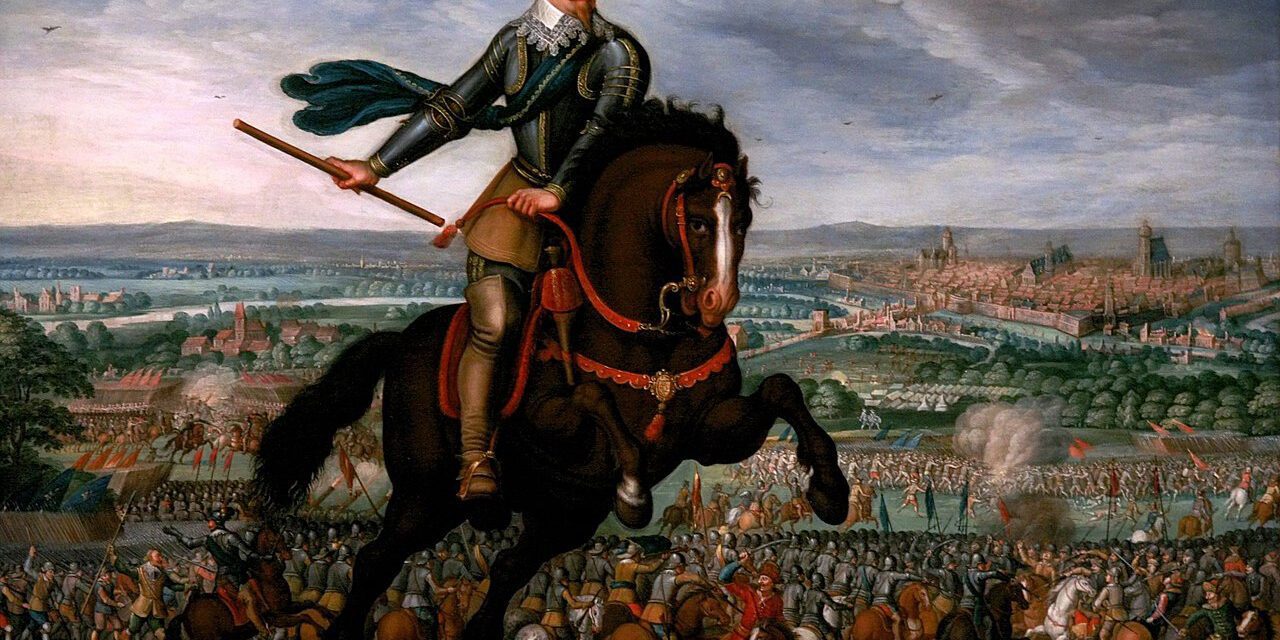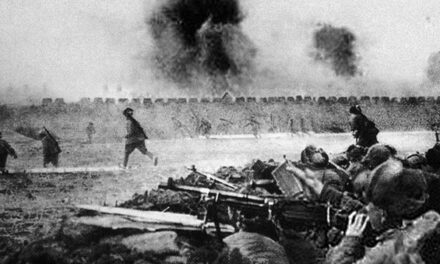History Guild Quiz – Advanced
See how your history knowledge stacks up.
Want to know more about any of the questions? Once you’ve finished the quiz click here to learn more.
Have an idea for a question? Suggest it here and we’ll include it in a future quiz!
The stories behind the questions
1. Where was the Thirty Years War primarily fought?
Germany – The Thirty Years’ War was fought primarily in modern Germany and Central Europe. Estimates of total military and civilian deaths range from 4.5 to 8 million, mostly from disease or starvation, while it has been suggested that up to 60% of the population died in some areas of Germany. It originated in the long-running contest between Austro-Spanish Habsburgs and French Bourbons with subsidiary religious disagreements also contributing. It ended in the Peace of Westphalia. Read about how The Thirty Years War began.
2. Who was the last English Monarch to be killed in Battle?
Richard III – He was the last king of the House of York and the last of the Plantagenet dynasty. He was defeated and killed at the Battle of Bosworth Field, the last decisive battle of the Wars of the Roses.
3. What is the significance of the Maersk Alabama?
It is the only US flagged vessel to be seized by pirates since 1822 – The incident was the first successful pirate seizure of a ship registered under the American flag since the early 19th century. Significant numbers of pirate seizures occurred during the Second Barbary War in 1815, although other incidents in the Caribbean are believed to have occurred until at least 1822.
4. What is the Hiawatha Belt?
The document recording the union of the Iroquois Confederacy – the Hiawatha Belt is a visual record of the creation of the League of the Haudenosaunee, also known as the Six Nations or Iroquois. The belt is named after Hiawatha, an Onondaga who was the Peacemaker’s helper in spreading the good words of Peace. In this belt, it records when five warring nations; the Seneca, Cayuga, Onondaga, Oneida, and Mohawk, buried their weapons of war to live in peace.
5. What is the origin of the name Neanderthal?
The name of the area the fossils were first discovered – Neanderthals are named after the valley, the Neandertal, (“the Neander Valley” in English) in which the first identified specimen was found. This is in Germany, near Düsseldorf.
6. In a daring raid in 1976 Israeli special forces rescued hostages being held at which airport?
Entebbe, Uganda – After the 1972 Munich Olympics kidnapping and subsequent massacre of Israeli athletes the Israeli Defence Force upgraded it’s training and capabilities to deal with hostage taking in foreign countries. This role was assigned to the Sayeret Matkal special forces unit.
When the Palestinian Liberation Organisation (PLO) hijacked an Air France A300 from Tel Aviv and flew it to Entebbe in 1976, Sayeret Matkal planned a mission to release the hostages. Israeli transport planes carried 100 soldiers over 4,000 kilometres (2,500 mi) to Uganda for the rescue operation. Of the 106 hostages, 102 were rescued and 4 were killed. 5 Israeli soldiers were wounded and 1, unit commander Lt. Col. Yonatan Netanyahu, was killed. Netanyahu was the older brother of Benjamin Netanyahu, who would later become Prime Minister of Israel.
7. What was the subject of the 1783 Zong trial?
An insurance claim for the value of slaves thrown overboard –
The British slave ship Zong was owned by the Gregson slave-trading syndicate, based in Liverpool. As was common business practice, they had taken out insurance on the lives of the enslaved people as cargo. According to the crew, when the ship ran low on drinking water following navigational mistakes, the crew threw enslaved people overboard into the sea.
Zong’s owners made a claim to their insurers for the loss of the enslaved people. When the insurers refused to pay, the resulting court cases (Gregson v Gilbert, 1783) held that in some circumstances, the murder of enslaved people was legal and that insurers could be required to pay for those who had died. Read more about this here: How the shadow of slavery still hangs over global finance.
8. After the end of WW2 which country has seen the most deaths from war?
Democratic Republic of the Congo (Formerly Zaire) – The First and Second Congo Wars from 1996 to 2003 caused an estimated 5.4 million deaths. This war developed out of the decline of Zaire after 30 years of corrupt, authoritarian rule by president Mobutu Sese Seko. The situation escalated when Rwanda invaded Zaire in 1996 to defeat a number of rebel groups which had found refuge in the country. This invasion quickly escalated, as more states (including Uganda, Burundi, Angola, and Eritrea) joined the invasion, while a Congolese alliance of anti-Mobutu rebels was assembled. Though the Zairean government attempted to put up an effective resistance, and was supported by allied militias as well as Sudan, Mobutu’s regime collapsed in a matter of months. Despite the war’s short duration, it was marked by widespread destruction and extensive ethnic violence. This lead shortly after into the Second Congo War, which involved some of the same issues. Read more about this conflict.
9. What disease is thought to have contributed to the demise of sailors exploring the Arctic on the HMS Erebus and Terror?
Tuberculosis – Expeditions in 1981-1986 by Dr Owen Beattie, an anthropologist at Alberta University, have helped explain what may have happened. The bodies of three expeditioners were exhumed, two were determined to have died from tuberculosis, the third showed evidence of tuberculosis but their death was attributed to pneumonia. Read more about this most deadly of diseases here. The wreck of the HMS Terror was also found in recent years, which adds further answers to this intriguing story.
10. What weapon damaged the rudder of the Battleship Bismarck, allowing pursuing British forces to sink her?
A torpedo from a Fairey Swordfish aircraft – Bismarck was attacked by 16 Fairey Swordfish biplane torpedo bombers from the aircraft carrier HMS Ark Royal; one scored a hit that rendered the battleship’s steering gear inoperable. In her final battle the following morning, the already-crippled Bismarck was engaged by two British battleships and two heavy cruisers, and sustained incapacitating damage before being scuttled.





